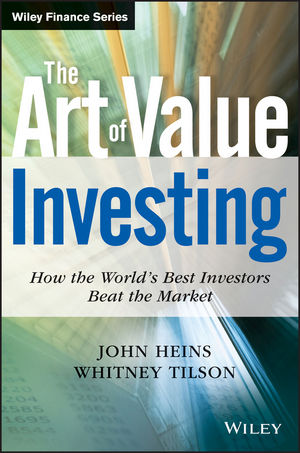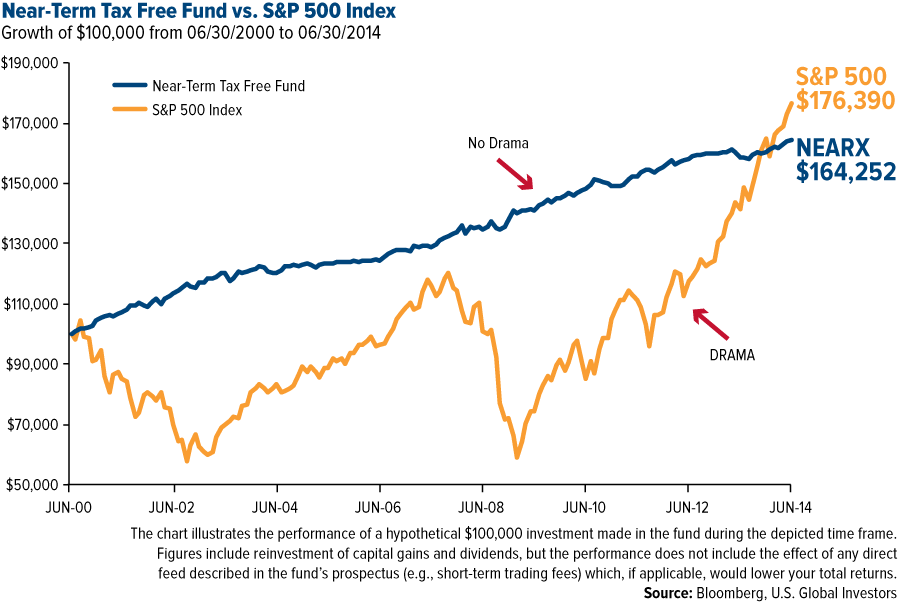Book Review Bonds Are Not Forever The Crisis Facing Fixed Income Investors
Post on: 19 Июнь, 2015 No Comment

Bonds Are Not Forever: The Crisis Facing Fixed Income Investors . 2013. Simon A. Lack, CFA.
Bonds Are Not Forever: The Crisis Facing Fixed Income Investors explores the history of debt from ancient to modern times. It discusses the growth of derivatives, developments in risk management, inflation in the modern era, the political backdrop of today’s debt standoffs, and why “bonds are not forever.”
Author Simon Lack is well qualified to present such a wide-ranging and timely discussion, having spent his entire career in bond trading, derivatives, hedge funds, and investment management, including 23 years at J.P. Morgan overseeing some 50 professionals in a highly profitable group and sitting on the firm’s investment committee. In 2009, he founded SL Advisors, LLC (a registered investment adviser), and he is involved in a number of community volunteer boards. Often quoted in the business press, Lack is the author of the international bestseller The Hedge Fund Mirage and frequently speaks on financial subjects .
Both the theme and the timing of Bonds Are Not Forever are quite appropriate. From 1981 to the early spring of 2013, bonds posted a 32-year record of outperforming stocks. As Jeremy Siegel, a well-known professor of finance at the University of Pennsylvania’s Wharton School, pointed out in a recent CFA Institute webcast. this rally is unprecedented, defying all historical stock–bond comparative return data. Siegel also asserted that the rally has driven rates into bubble territory.
Against this backdrop, I will highlight several major themes of Bonds Are Not Forever and then comment on two especially interesting points in the book. The major themes I will address are the history of debt, the growth of derivatives, inflation in the modern era, and alternatives to bond investments.
Lack’s history of debt not only reviews some standard references but also covers new and rarely discussed aspects of the topic. He draws on A History of Interest Rates by Sidney Homer and Richard Sylla, noting that a form of agricultural debt goes back some 10,000 years, far predating money. Two ancient moral standards of debt have persisted from Babylonian times (600 BC) to the present: a solemn obligation to repay and a serious penalty for default. Over the past 2,000 years, debt issuance has been spearheaded by government financing of military campaigns — which also persists to this day. Lack’s discussion of modern forms of debt covers mortgages, in all their various forms of securitization; student loans, a surprisingly large sector; and consumer loans, noteworthy for their strong growth in recent times. The chapter concludes with data and a discussion of US debt by sector, making the point that the currently high levels of debt will likely be around for a long time.
Next, Lack provides a fascinating firsthand account of his direct involvement in the development of derivatives. This history includes the first-ever swap (in 1981), the growth in interest rate swaps, and the early trading of these instruments in over-the-counter markets. His discussion details the development of the mortgage securitization market in the 1980s.
The book’s chapter on inflation briefly notes very early references to the topic, the 1500−1800 database created by Carmen Reinhart and Kenneth Rogoff. inflation in the 20th century, and inflation today. Lack recaps the views of various commentators on the issue and addresses Fed policy with respect to price stability. He concludes with advice to investors about protecting their investments in real terms.

All investors, whether individual or institutional, should find the final chapter of Bonds Are Not Forever quite useful. In it, Lack humorously notes that calling the book The Bond Mirage would be wrong because bonds have indeed provided outstanding returns for a long period, especially in 2007–2008. Given the economy’s current level of debt and today’s very low interest rates, however, it is time to look elsewhere. His two suggested alternatives are dividend yield and master limited partnerships (MLPs). Dividend yield is appropriate for all investors but especially for individuals; MLPs, which provide attractive yields, are also suitable for all investors but perhaps more so for institutions. The chapter contains a helpful review of the risk–return trade-off of dividend growth versus bond yield, which makes a sound case for dividend yield stocks. Both dividend stocks and MLPs are attractive alternative investments if one believes that “bonds are not forever.”
Besides these major themes, two of my favorite features of the book are the frequent references to the work of Homer and Sylla and the discussion of the political backdrop of today’s debt standoffs. Lack offers an interesting description of how the US political stage has evolved and how it will affect the resolution of national debt problems. He deserves praise for presenting these issues in an informative, straightforward, and nonpartisan manner.
Overall, Bonds Are Not Forever is a valuable contribution to our current understanding of the highly important asset mix decision of how much to allocate to bonds. Well researched and well written, the book is also a pleasure to read. Bonds Are Not Forever is recommended for anyone interested in the contemporary role of bonds in investment portfolios.
Please note that the content of this site should not be construed as investment advice, nor do the opinions expressed necessarily reflect the views of CFA Institute.
Photo credit: ©iStockphoto.com/Kreatiw














